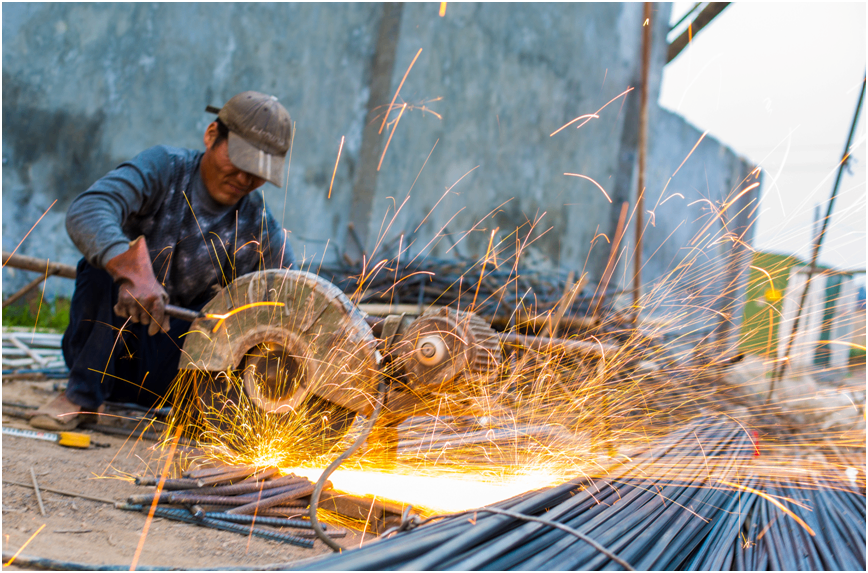Recently, the global steel market has once again become the focus, and steel prices have fluctuated like a roller coaster, affecting the nerves of upstream and downstream companies in the industrial chain. From domestic to international, the fluctuation of steel prices not only reflects the subtle changes in the supply and demand relationship in the market, but also reflects the complex situation of global economic recovery and the far-reaching impact of policy regulation.
Image Source:699.com
Supply and demand imbalance, price fluctuations intensified
Since the beginning of this year, as the global economy has gradually emerged from the shadow of the epidemic, the recovery of infrastructure construction, manufacturing, and the real estate market has collectively driven the surge in demand for steel. However, the supply side has failed to keep up with this pace in time. On the one hand, affected by factors such as stricter environmental protection policies and capacity replacement, some steel companies are facing production cuts or shutdowns; on the other hand, the high prices of raw materials such as international iron ore have increased the cost of steel production and limited the production enthusiasm of enterprises. The imbalance between supply and demand has directly caused the rapid increase in steel prices.
But the good times did not last long. As the market's resistance to high prices gradually emerged and signs of overcapacity appeared in some regions, steel prices began to fall back. Especially recently, due to the seasonal off-season demand, the construction industry's purchase of steel has decreased, further exacerbating the downward pressure on prices.
Policy regulation, stabilizing market expectations
Faced with the sharp fluctuations in steel prices, the government took timely action and adopted a series of policy measures to stabilize market expectations. On the one hand, it strengthened the supervision of steel production capacity to prevent the resurgence of backward production capacity such as "substandard steel" and at the same time promoted the transformation and upgrading of the steel industry towards green, low-carbon and high-efficiency. On the other hand, by adjusting export tariffs and strengthening anti-dumping investigations, it maintained a fair competition environment in the domestic steel market and prevented low-priced imported steel from impacting the domestic market.
In addition, the government actively guided steel companies to establish long-term and stable cooperative relationships with downstream users, reducing the risk of price fluctuations and protecting the interests of companies throughout the industrial chain through long-term contracts and supply chain financial platforms.
Future prospects, challenges and opportunities coexist
Looking ahead, the steel market still faces many challenges. The uncertainty of global economic recovery, the complexity of the international trade environment and the volatility of raw material prices may all have an impact on steel prices. But at the same time, with the advancement of the "dual carbon" goals and the continuous breakthroughs in green and low-carbon technologies, the steel industry will also usher in new development opportunities.
On the one hand, green and low-carbon transformation will become the only way for the future development of steel companies. By adopting advanced energy-saving and emission reduction technologies and promoting circular economy models, steel companies can not only reduce production costs and improve resource utilization efficiency, but also occupy a favorable position in market competition. On the other hand, with the rapid development of emerging industries such as new energy vehicles and high-end equipment manufacturing, the demand for high-quality steel will continue to increase, providing a new growth point for the steel industry.
In short, the fluctuation of steel prices is the result of the dual effects of market supply and demand and policy regulation. In the face of future challenges and opportunities, steel companies need to maintain keen market insight, actively adjust their strategic layout, and strengthen technological innovation and transformation and upgrading to achieve sustainable development.



